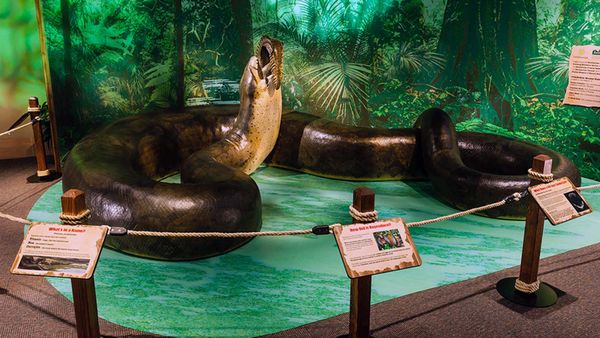
Key Takeaways
- Gigantophis garstini was a massive prehistoric snake from the Eocene epoch, estimated to be around 36 feet (11 meters) long.It lived in what is now Northern Africa and was one of the largest snakes ever, surpassing even modern anacondas and pythons in size.
- Fossil evidence suggests it coexisted with other large prehistoric animals, potentially preying on ancient crocodiles and other sizable reptiles.
Gigantophis was a massive prehistoric serpent that emerged during the Eocene epoch, about 26 million years after the dinosaurs ruled the Earth. Gigantophis garstini, as it's scientifically known, was a true giant of its time, believed to have measured around 36 feet (11 meters) in length.
Residing in the ancient ecosystems of Northern Africa, this gargantuan creature overshadowed even the modern retic and anaconda in size, making it one of the biggest snakes ever to have existed.
Advertisement
Through paleontological findings and scientific speculation, we offer a glimpse of this colossal reptile and an era when giants continued to dominate the Earth, both on land and in water.
Advertisement


